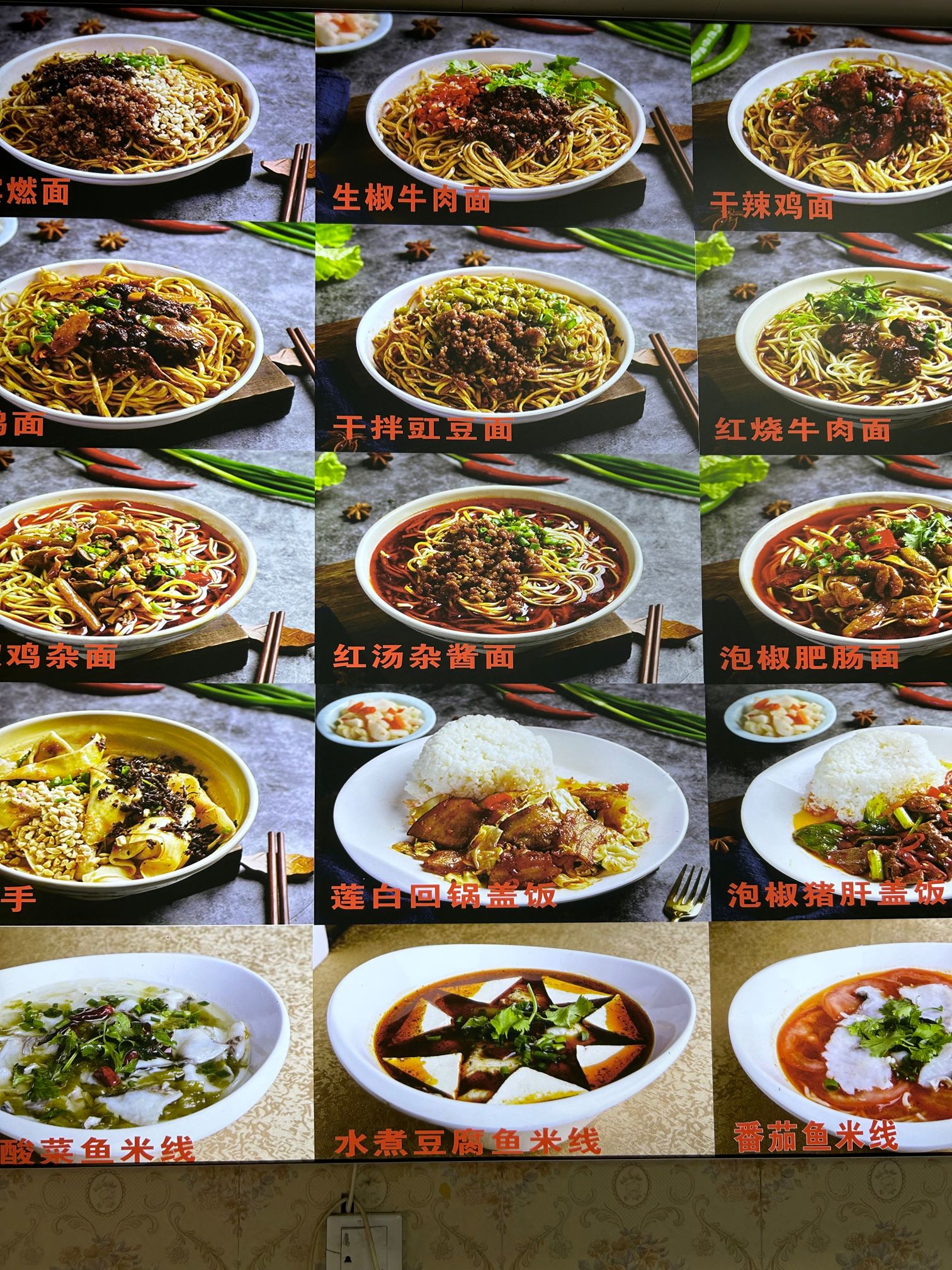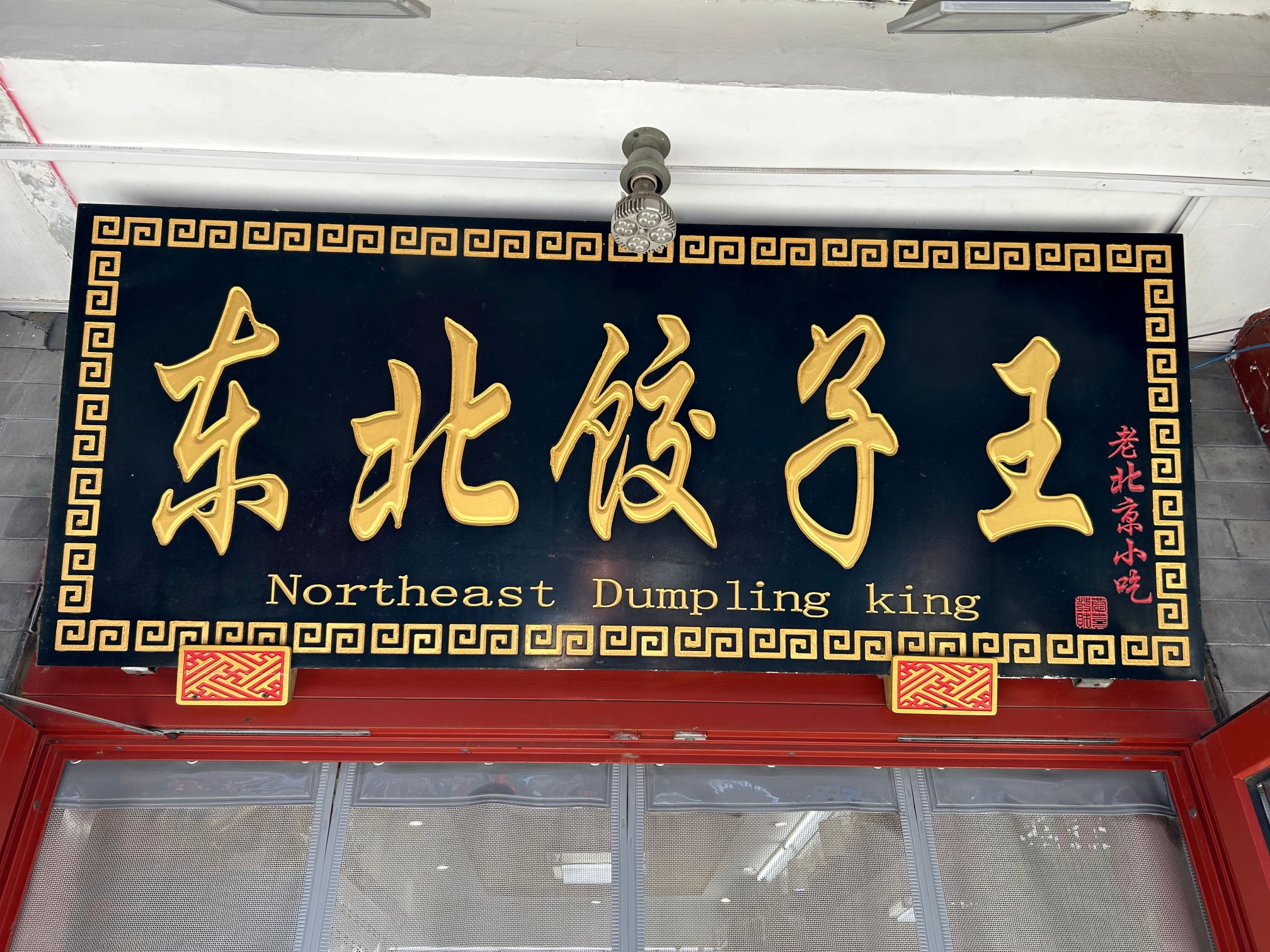Bangkok - home to the world's biggest Chinatown!
As part of our research for an exciting new project, I travelled from SIngapore to Malaysia, and then had a few days in Bangkok before flying home. The city is home to what's apparently the biggest Chinatown in the world, and also one of the oldest. It's centred around Yaowarat Road, close to the river which was the historic focus of trade in the city and it's still a significant commercial area today.
Bangkok is of course an enormous city and constantly evolving and expanding as some of the older buildings and districts are replaced with modern skyscrapers and incredible new shopping malls, but the Chinatown here is still a really interesting area to visit - slightly run down and atmospheric in the day, totally overcrowded and chaotic every night. The energy, atmosphere and most particularly the food here is really special, and this was where I’d find the inspiration I was looking for...!








Chinese immigrants, mostly from the South-Western states of Fuxian and Henan started to arrive from the 18th Century, and they eventually settled in this area which at the time was just outside the old city walls. It got a bit run down over the last few decades but is now enjoying a renaissance with lots of cool restaurants and some fabulous steet food (including many street stalls which now have Michelin stars from the recently published guide to Bangkok).


Making some fabulous prawn dumplings in a tiny restaurant known as 'Jok one table', which gives some idea how tiny the place is!


A michelin-starred doughnut stand which are served with an incredible pandan coconut dip




Thai-Chinese food is really interesting as the combination of Chinese ingredients and cooking techniques, with the hot/sour character of Thai flavours makes for a really exciting mix. Historically the Thais didn’t eat noodles, tofu and soy sauce, and techniques such as stir-frying were also something very new, so the fact that these are all now core parts of Thai cooking is a tribute to how much influence the Chinese have had here over the centuries.


Kway Teow Kua Gai - This is pretty ugly but tasted amazing! Thick rice noodles are fried with pieces of chicken, then they add beaten egg and just cook it on a high heat (without stirring) until it’s slightly crispy, chewy and charred


Yen ta fo - Fish ball noodles with sriracha. This is a more modern creation where the sriracha sauce is added to the soup, then you stir it around to create a bright pink spicy broth!


Roast pork and minced pork wonton noodles in a sweet pork broth - triple porky!


A freshly made green curry with a few slices of sweet Thai sausage on the side (flavoured with lots of lime leaf and pepper)


A selection of the dried spices used in Thai-Chinese cooking - lots of star anise, liquorice, galangal, black cardamon, sichuan pepper, white pepper, mace and nutmeg which are combined in stocks and stews with the native Thai ingredients of lemongrass, lime and birdseye chillies


All the street stalls have a selection of condiments on the table for you to adjust the food to your own taste. There always seem to be (at the very least!) a bottle of fish sauce, sugar, vinegar (often with chopped green chillies in) and roasted chilli powder to sprinkle over your dish




The effect of balancing all those rich and fragrant dried spices, salty soy and fish sauce, sugar and fiery Thai dried chillies with the freshness of lime juice, lemongrass and lime leaves is what makes Thai-Chinese food so thrilling, and I only hope our attempts will do it justice!


Recent Posts

'Strange' Flavour in Sichuanby James on 12th March 2024
The incredibly hot and numbing food of Chongqing and Chengdu!
Read Full Post
Eaten all the 'Wheaten' Food in Beijingby James on 12th March 2024
A journey of discovery through the fabulous food of Northern China
Read Full Post
